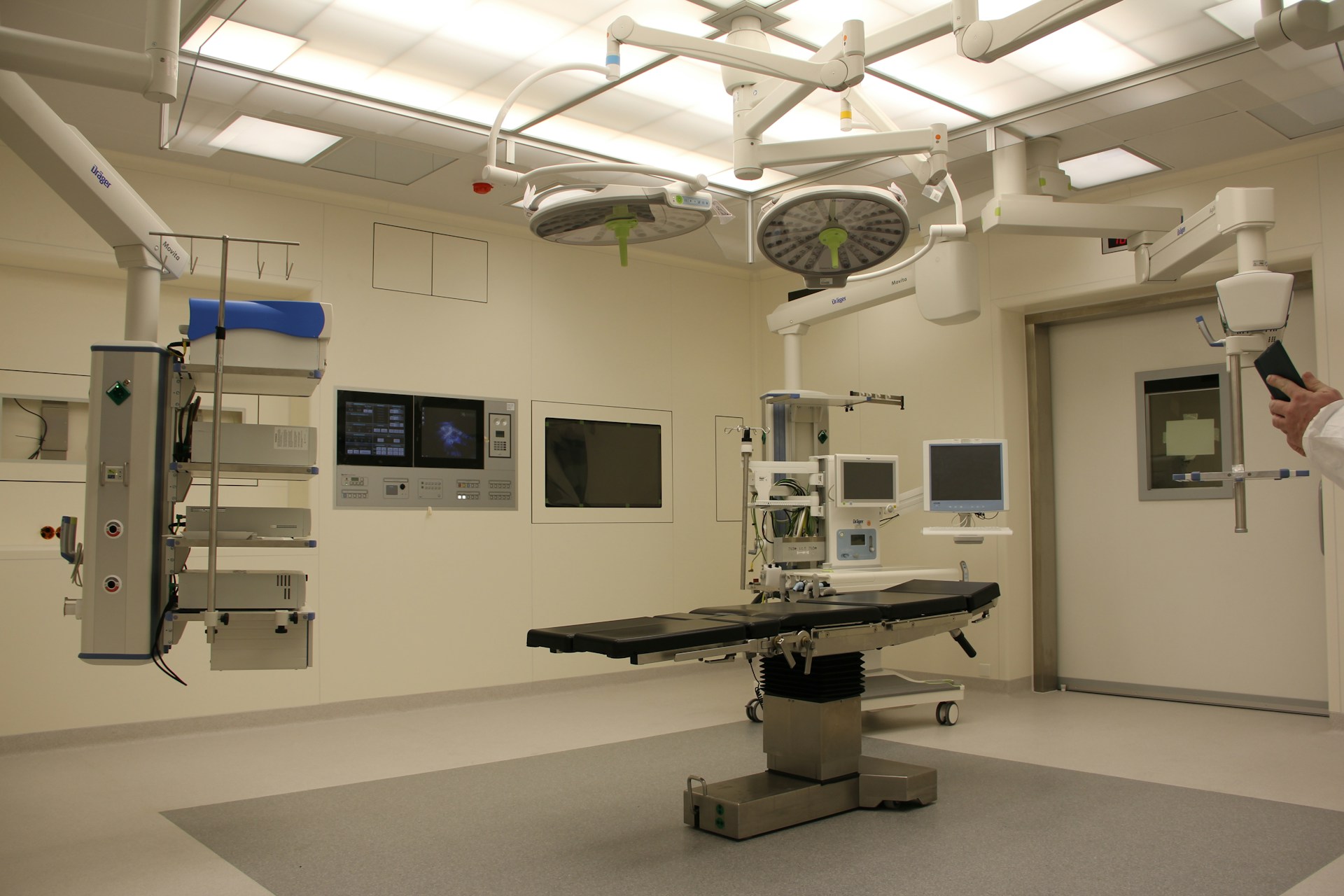Introduction
In today’s rapidly evolving healthcare environment, the ability to adapt and stay ahead is paramount. Technological resilience and proactiveness have become vital elements for healthcare organizations to maintain operational excellence and deliver top-notch patient care. Real-Time Location Services (RTLS) have emerged as a game-changing solution, equipping healthcare facilities with the tools to withstand challenges, anticipate needs, and drive continuous improvement.
Fortifying Resilience through Real-Time Visibility
RTLS technology provides healthcare organizations with real-time visibility into asset locations, staff movements, and patient flows. This invaluable insight acts as a powerful resilience booster, enabling facilities to navigate disruptive events effectively, such as natural disasters, disease outbreaks, or supply chain disruptions. By accurately tracking resources and optimizing their deployment, RTLS enhances resilience, ensuring the continuity of critical operations and minimizing the impact on patient care during challenging times.
Proactive Resource Optimization and Efficiency Gains
Beyond bolstering resilience, RTLS fosters a proactive approach to healthcare operations. By continuously monitoring asset utilization and movement patterns, RTLS empowers healthcare facilities to anticipate resource needs proactively and optimize their deployment. This proactive mindset translates into streamlined workflows, reduced equipment downtime, and improved operational efficiency, ultimately enhancing patient outcomes and experiences while staying ahead of evolving demands.
Multi-Stakeholder Benefits of RTLS
The role of RTLS in promoting technological resilience and proactiveness yields far-reaching benefits for various stakeholders within the healthcare ecosystem:
- Patients: By ensuring the continuity of care and minimizing disruptions, RTLS safeguards patient well-being and fosters confidence in the healthcare system’s ability to adapt and respond effectively to challenges.
- Healthcare Professionals: RTLS empowers healthcare professionals by providing real-time access to essential resources, enabling them to deliver timely and efficient care, even in the face of adversity.
- Facility Managers: RTLS offers facility managers valuable insights into resource utilization patterns, enabling them to proactively plan and allocate resources, mitigating risks, and optimizing operational readiness.
Cultivating Resilience and Proactiveness through RTLS
The integration of technology into healthcare operations serves as a catalyst for fostering a culture of resilience and proactiveness. By leveraging RTLS data, organizations can continuously assess their preparedness, identify areas for improvement, and implement targeted strategies to enhance their ability to withstand disruptions and anticipate future challenges. This iterative cycle promotes a mindset of adaptability and continuous learning, ensuring that healthcare facilities remain at the forefront of technological resilience and proactiveness.
Conclusion
In the ever-changing and dynamic healthcare landscape, technological resilience and proactiveness are essential for maintaining operational excellence and delivering superior patient care. RTLS technology serves as a powerful enabler, fortifying healthcare organizations’ ability to withstand disruptions, anticipate resource needs, and optimize operations proactively. By embracing real-time systems, healthcare facilities can cultivate a culture of resilience and proactiveness, ensuring long-term sustainability and a steadfast commitment to exceptional patient outcomes while staying ahead of the curve.

